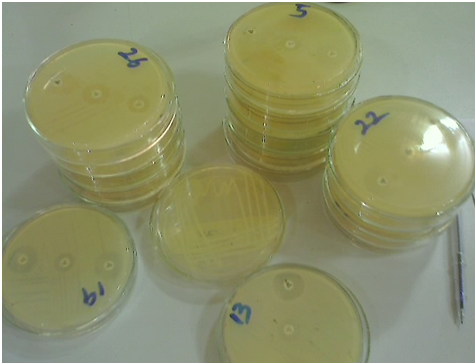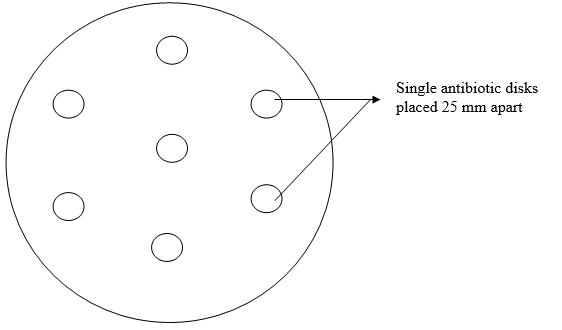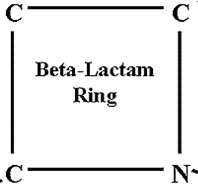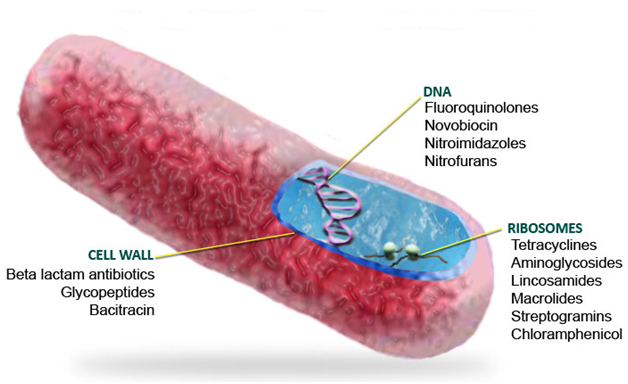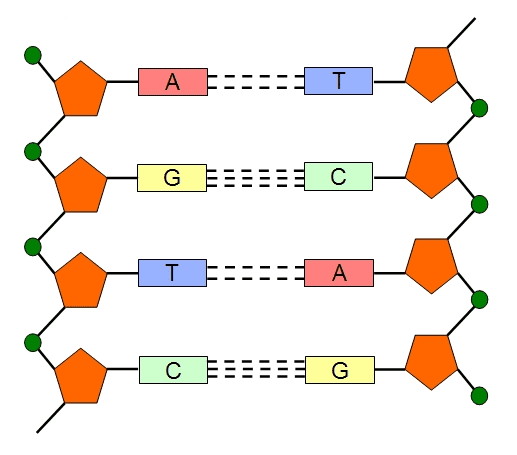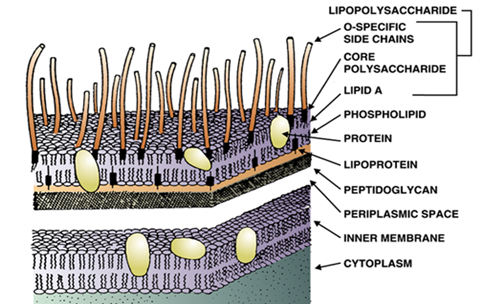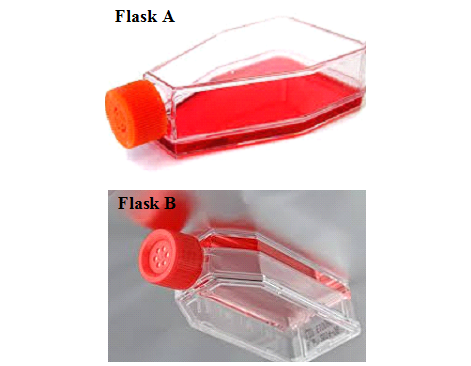SLIDE RACK & STAINING RACK
Slide rack is a piece of vessel used for packing and storing clean glass slides after they have been used for staining. After staining, it is important to wash the glass slides with soap/detergents under running water. The washed glass slides are carefully inserted into the slide rack (Figure 1) where the excess water on […]
SLIDE RACK & STAINING RACK Read More »
Microbe Lab, Techniques in Microbiology Lab

